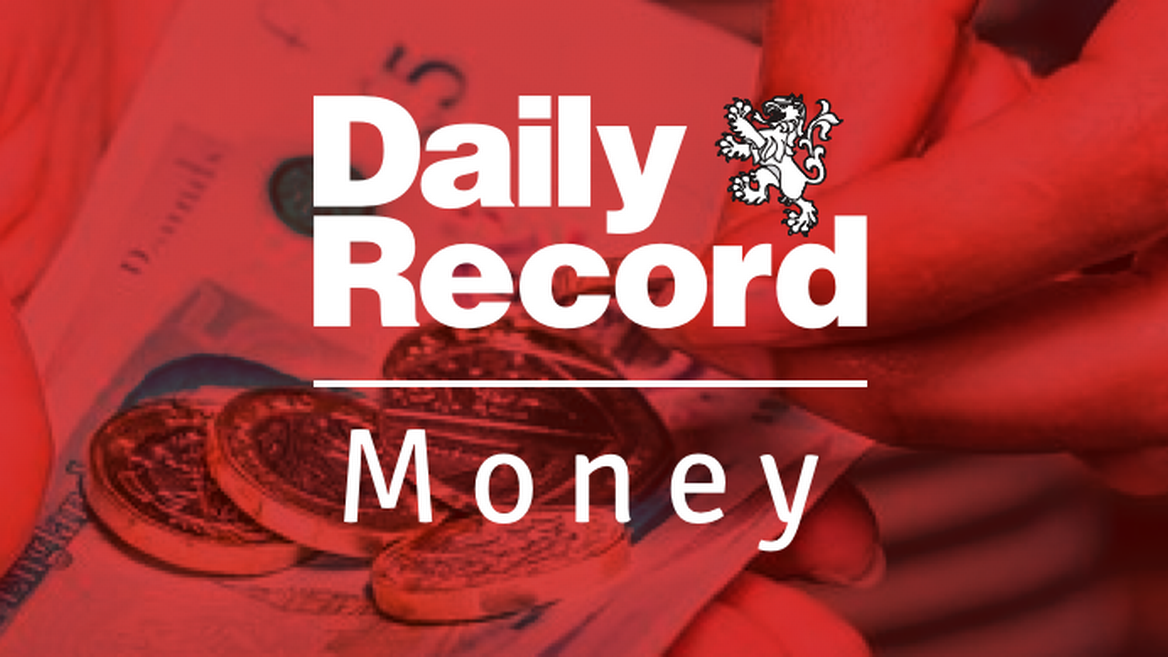The earnings growth rate is on track to be the Triple Lock measure used for the 2026/27 annual uprating.
Some 13 million people over State Pension age will find out how much their regular payments will rise this week over a month before Chancellor Rachel Reeves confirms the annual uprating during the Autumn Budget in Parliament on November 26. The Labour Government has committed to honouring the Triple Lock and the final measure that makes up the policy is due to be published by the Office for National Statistics (ONS) on Wednesday, October 22.
Under the Triple Lock the New and Basic State Pensions increase each year in-line with whichever is the highest between the average annual earnings growth from May to July (4.7%), Consumer Price Index (CPI) inflation rate in the year to September, or 2.5 per cent. Additional State Pension elements and deferred State Pensions rise each year with the September CPI figure.
The CPI figure for August was 3.8 per cent and pension experts now say it looks highly unlikely that CPI will be higher than the earnings growth rate.
READ MORE: Pensioners on disability benefits may be due an extra £83 every weekREAD MORE: Married people over State Pension age could boost annual income by £4,300
This means people on the full New State Pension could see payments rise by over £570 next year under the earnings growth. An uplift of 4.8 per cent would increase the full New State Pension to £241.30 per week and £184.90 for those on the maximum Basic State Pension.
It’s important to remember that the amount someone receives depends on their National Insurance contributions. To receive the full, new State Pension you need around 35 years’ worth, but this may differ if you were ‘contracted out’.
If September’s inflation figure matches the Bank of England’s projection of 4 per cent, the State Pension would increase by around £574 from April 2026 – lifting it to £12,547 per year.
The projected uprating leaves just £23 before the Personal Allowance income threshold of £12,570 is exceeded which would see more pensioners pay tax in retirement.
The Labour Government confirmed earlier this year that the Personal Allowance will remain frozen at £12,570 until April 2028.
State Pension uprating predictions for 2026/27
The CPI for September will be published on October 22 and is forecast to be 4 per cent.
Chancellor Rachel Reeves will confirm the annual uprating at the Autumn Budget on November 26. An uprating of 4.8 per cent on the current State Pension would see people receive the following amounts.
Full New State Pension
Weekly: £241.30 (from £230.25)Four-weekly pay period: £965.20Annual amount: £12,547
Full Basic State Pension
Weekly: £184.90 (from £176.45)Four-weekly pay period: £739.60Annual amount: £9,614
Commenting on the projected uprating, Derence Lee, Chief Finance Officer at Shepherds Friendly said: “Due to the extremely high levels of inflation the UK has experienced since 2020, State Pensions have been increasing at a rate that some experts believe to be unsustainable in the long term.
“With pensions expected to surpass the frozen tax-free allowance limit, which will remain unchanged by the Uk Government until 2028, more retirees will be pushed into the tax-paying bracket. As a result, pensioners should begin to take into account that they may soon need to pay income tax on their pensions should no changes be made to current status-quo.
“While the Triple Lock has been helpful in ensuring retirees’ incomes keep up with the cost of living, taxing pensioners could have significant financial implications, particularly for those who rely heavily on their pensions to cover essential living costs and make ends meet.”
State Pension and tax
Guidance on GOV.UK states: “You pay tax if your total annual income adds up to more than your Personal Allowance. Find out about your Personal Allowance and Income Tax rates.
Your total income could include:
the State Pension you get – Basic or New State PensionAdditional State Pensiona private pension (workplace or personal) – you can take some of this tax-freeearnings from employment or self-employmentany taxable benefits you getany other income, such as money from investments, property or savingsCheck if you have to pay tax on your pension
Before you can check, you will need to know:
if you have a State Pension or a private pensionhow much State Pension and private pension income you will get this tax year (April 6 to April 5)the amount of any other taxable income you’ll get this tax year (for example, from employment or state benefits)
You cannot use this tool if you get:
any foreign incomeMarriage AllowanceBlind Person’s Allowance
Use this online tool at GOV.UK to check if you have to pay tax on your pension.
The full guide to tax when you get a pension can be found on GOV.UK here.
 Get the latest Record Money news
Get the latest Record Money news
Join the conversation on our Money Saving Scotland Facebook group for money-saving tips, the latest State Pension and benefits news, energy bill advice and cost of living updates.
Sign up to our Record Money newsletter and get the top stories sent to your inbox daily from Monday to Friday with a special cost of living edition every Thursday – sign up here.
You can also follow us on X (formerly Twitter) @Recordmoney_ for regular updates throughout the day or get money news alerts on your phone by joining our Daily Record Money WhatsApp community.

